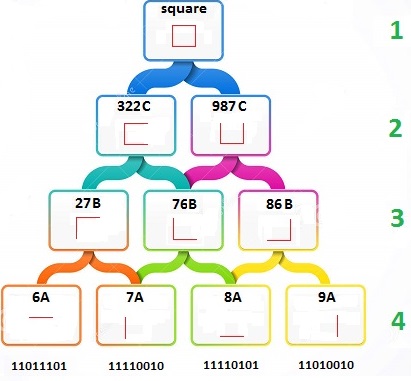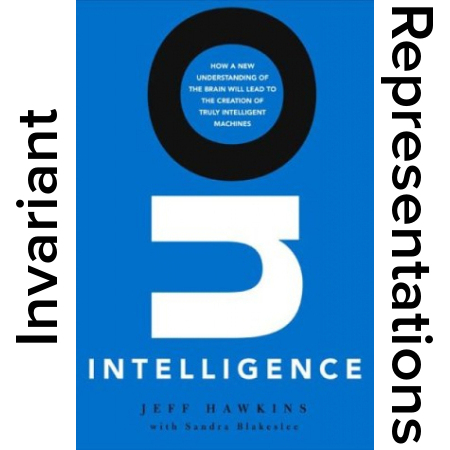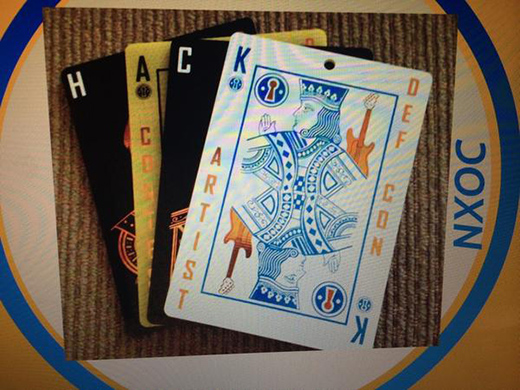A team of engineers from the Advanced Manufacturing Research Centre at the University of Sheffield have just put the finishing touches on their 3D printed Flying Wing with electric ducted fan engines — a mini electric jet so to speak.
Earlier this year they had created a completely 3D printed fixed wing UAV, which the new Flying Wing is based off of. Designed specifically for the FDM process, they were able to optimize the design so that all parts could be printed out in 24 hours flat using ABS plastic.
The new design also almost exclusively uses FDM technology — however the wings are molded carbon fibre… using a 3D printed mold of course! The original glider weighed 2kg, and with the upgrades to the design, the Flying Wing weighs 3.5kg, with speed capabilities of around 45mph.
Continue reading “Flying Wing Project Uses 3D Printing To Reach New Heights”




















